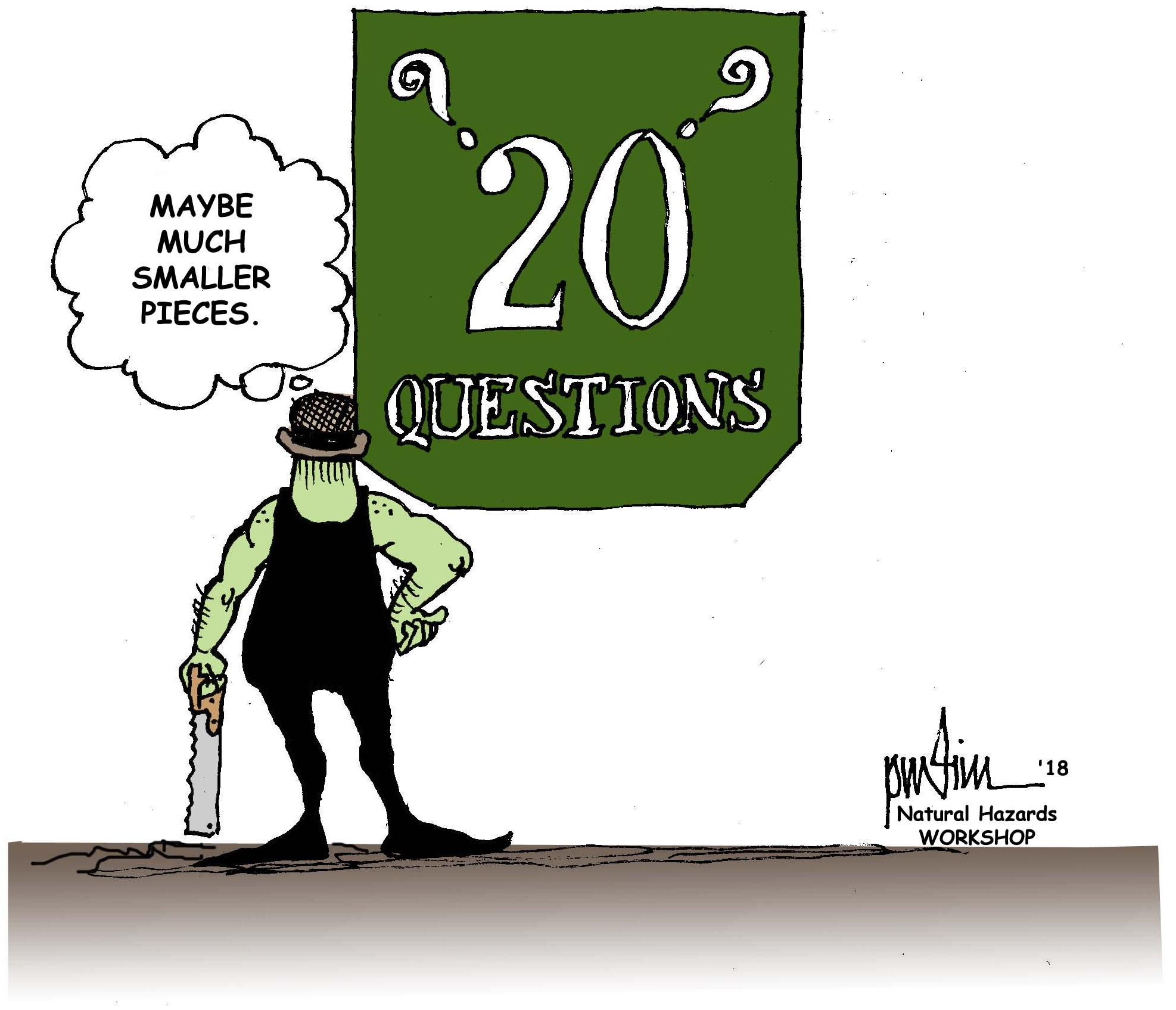Workshop Details
Everyone at the Natural Hazards Workshop has important information to share. As such, Workshop sessions are organized to encourage maximum interaction.
Panelists address topics by responding to questions prepared by moderators rather than by presenting papers. The audience also plays an important role. Initial panelist remarks are limited to 10 minutes each, leaving at least half of every session for audience interaction.

Program Structure
The Workshop is divided into plenary sessions, concurrent sessions, new research and projects sessions, poster sessions, and extracurricular activities. Plenty of time is reserved for networking during 30-minute breaks and 90-minute lunches.
Poster Sessions: On Sunday and Monday evening of the Workshop, participants are invited to present posters on programs, new projects, or recent research. Posters are open for viewing throughout the Workshop.
Welcome and Self-Introductions: On Monday morning, the Natural Hazards Center Director, Lori Peek, will formally open the 43rd Annual Hazards Workshop, instruct participants on how the Workshop operates, and moderate self-introductions. Everyone should be ready to stand up and say their name and affiliation, as that is how we get the Workshop going!
Keynote Address: Immediately after the self-introductions, a keynote speaker will make a presentation followed by a question and answer session. This address will provide the larger context for the Workshop.
Plenary Sessions: Plenary sessions on Monday, Tuesday, and Wednesday will synthesize various topics related to the theme of the Workshop, Twenty Questions: Looking for Answers to Reduce Disaster Risk. Each plenary session will have three to four panelists representing different sectors of the hazards community including policy, practice, and research.
Concurrent Sessions: The Workshop features twenty concurrent sessions focused on the theme of the Workshop.
Moderators will present the panelists with a set of questions which they’ve been given in advance. The panelists then each have about 10 minutes to respond. This reserves time for an open discussion between the audience and panelists. Keeping with longstanding tradition and the desire to promote maximum interaction, PowerPoint will not be used in concurrent sessions.
Recent Research and Projects Sessions: These one-hour sessions, to be held on Wednesday morning, give Workshop participants the opportunity to describe current or recently completed efforts, to exchange ideas, and to get feedback on their work.
Wrap Up: On Wednesday, Lori Peek will close the Workshop with a summary of the highlights of the event and will offer a charge for the hazards and disaster community moving forward.
Session Guidelines
Those participating in the Workshop as a moderator or panelist will want to check out our Session Guidelines and advice for making your session a success.
Continuing Education Credits
Attendance at the Natural Hazards Workshop qualifies you for preapproved education credits for Certified Floodplain Managers (CFM) and Certified or Associate Emergency Managers (CEM/AEM). Learn more about our continuing education credit offerings.
Scholarships and Awards
Each year, exceptional members of the hazards community attend the Workshop through the following programs. Follow the links below to learn more about each one and to view information on how to apply.
Natural Hazards Center Student Paper Competition